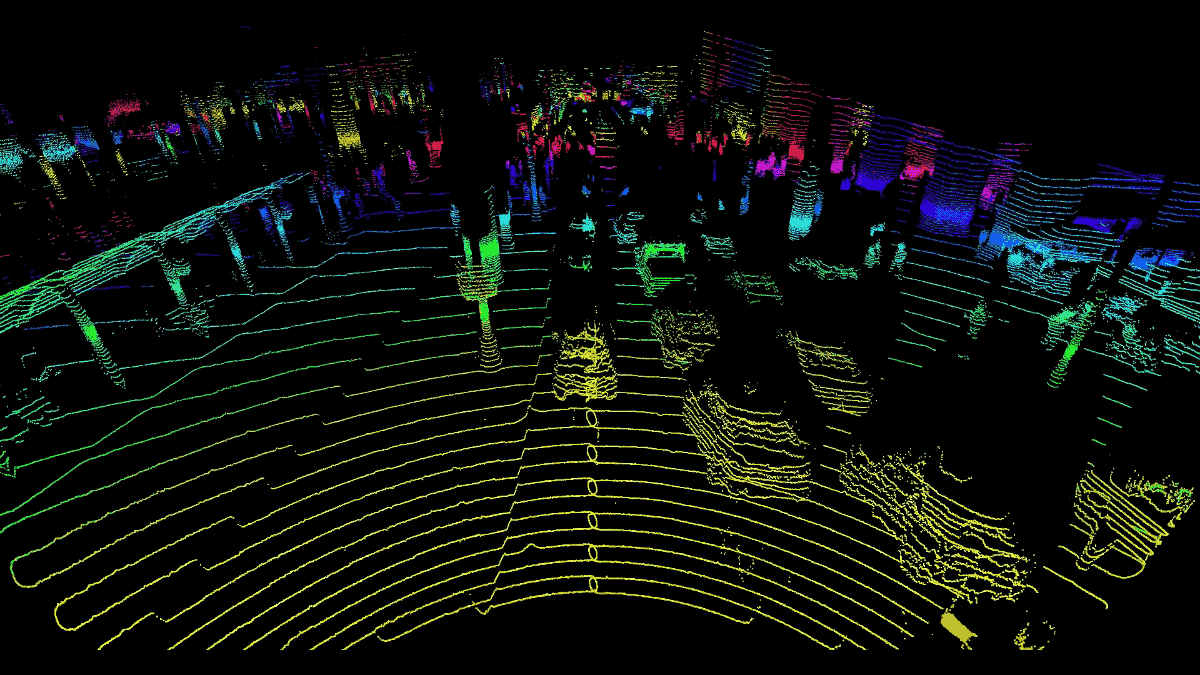As reported by FastCompany: Inside a new type of truck, there are no seats and no windows. The vehicle—which founders call a “T-pod”—is the first truck to be designed to never have a human inside. The driverless design makes it possible, the startup says, to run fully on electric power in a way that can compete with diesel semis on the road today.

Without windows or a separate cab, the truck looks essentially like an aerodynamic white box with wheels.
Since a truck hauling 20 tons of freight needs a lot of energy to move, it has to stop fairly frequently to charge; the T-pod can make it 124 miles before it has to plug in again. For other electric semis, charging time is a bigger deterrent, because it’s also wasting a driver’s time.

If you have to stand still maybe one-third of the time to actually charge, that makes the business case for having a truck driver in a battery-powered truck not that good,” says Robert Falck, CEO of Einride, the Sweden-based startup making the T-pod. “But if you remove them and create a system where the truck driver drives it remotely and controls a fleet, you overcome that problem.”
While the pods are on a highway, self-driving technology handles the vehicle, but the remote operator can intervene if needed, with one operator monitoring an entire fleet. When the pod reaches a city and moves onto smaller roads, each vehicle is assigned its own remote operator, who controls it for the rest of the journey. (This is in contrast with some competitors like Otto, Uber’s self-driving truck, which can’t be driven remotely on local roads).
Without a cab for a driver, the vehicle is cheaper to build than it otherwise would have been, and it can also be smaller. Like other electric vehicles, it will be nearly silent, and like other self-driving vehicles, it’s expected to be safer than human-driven trucks. It also won’t pollute.
“The system as a whole will reduce CO2 pollution to almost zero,” Falck says. Most trucks run on diesel, pumping out exhaust that causes both local air pollution and greenhouse gas emissions. Living near a major truck route–like the freeways leading out of the Port of Los Angeles and Long Beach–can make someone more likely to get asthma or heart disease. In the U.S., even though heavy-duty trucks make up only about 7% of road traffic, they represent 25% of total fuel use, and emit around half a billion metric tons of carbon dioxide a year.
Einride plans to test its prototype on Swedish roads in the summer of 2017, and test its first fleet in 2018, traveling between the cities of Gothenburg and Helingsborg. The founders say that although current laws haven’t been tested for self-driving vehicles, there is nothing technically illegal about using the trucks on Swedish roads. (Sweden has also proposed progressive legislation to allow testing of self-driving vehicles, and though the law may not be in place by this summer, companies can apply for permission to start testing early.) To scale up, the company will also have to build a full network of charging stations. Einride aims to have a fleet of 200 pods by 2020.
“We have a really big mission here,” says Falck. “What’s driving the company is the belief that we can make a difference . . . [Society isn’t] reliant on oil, we’re reliant on the system that we have today, and Einride is solving that.”




















